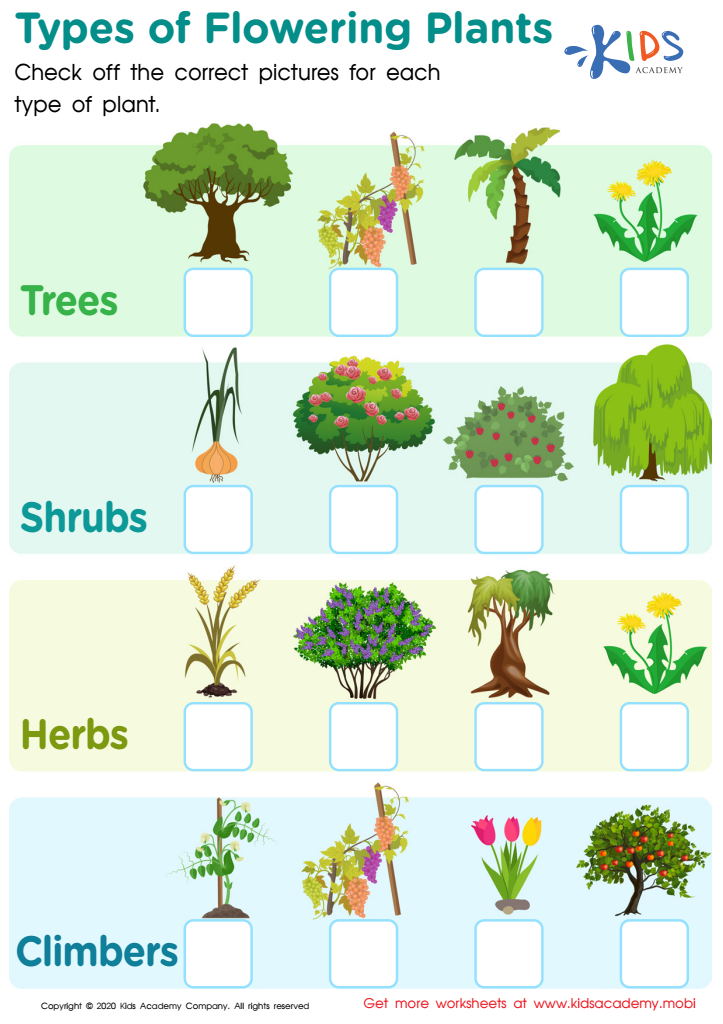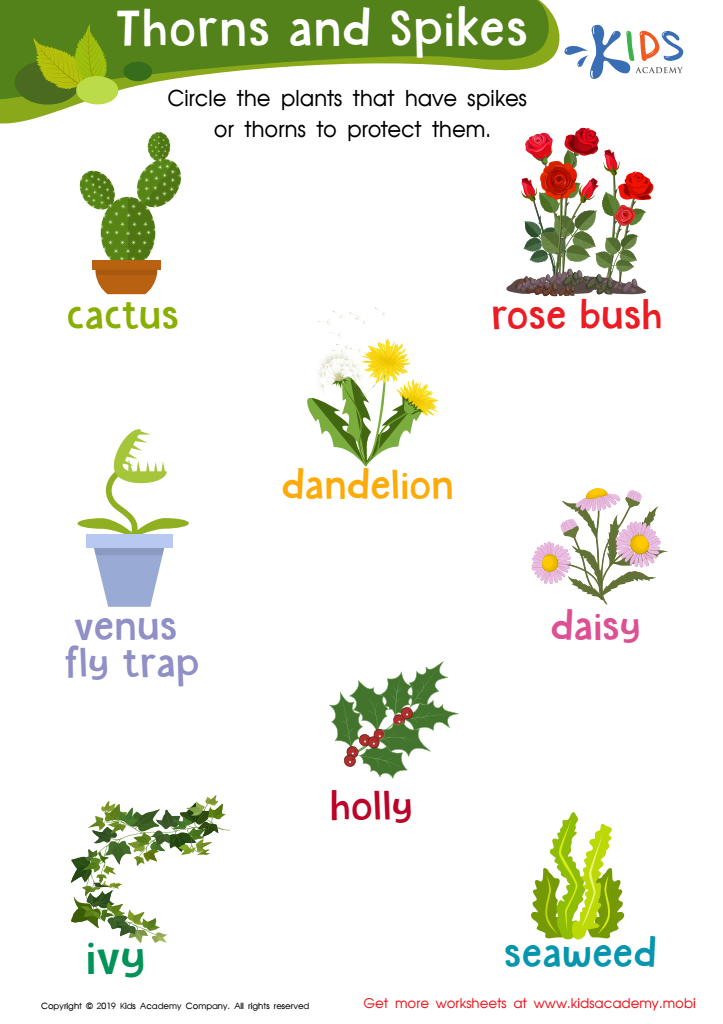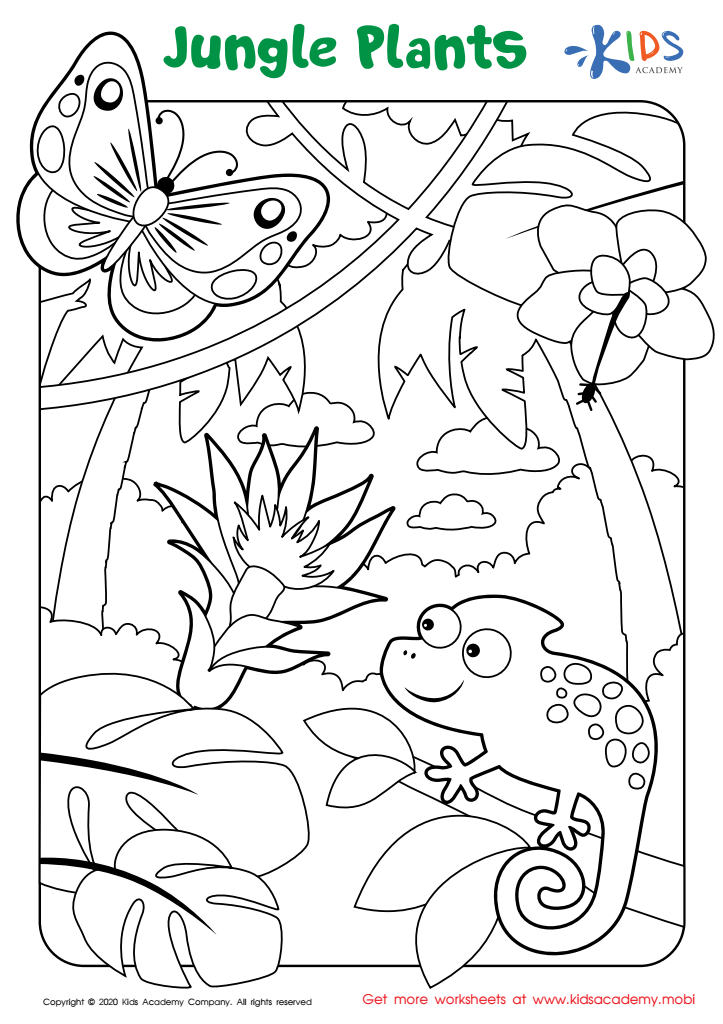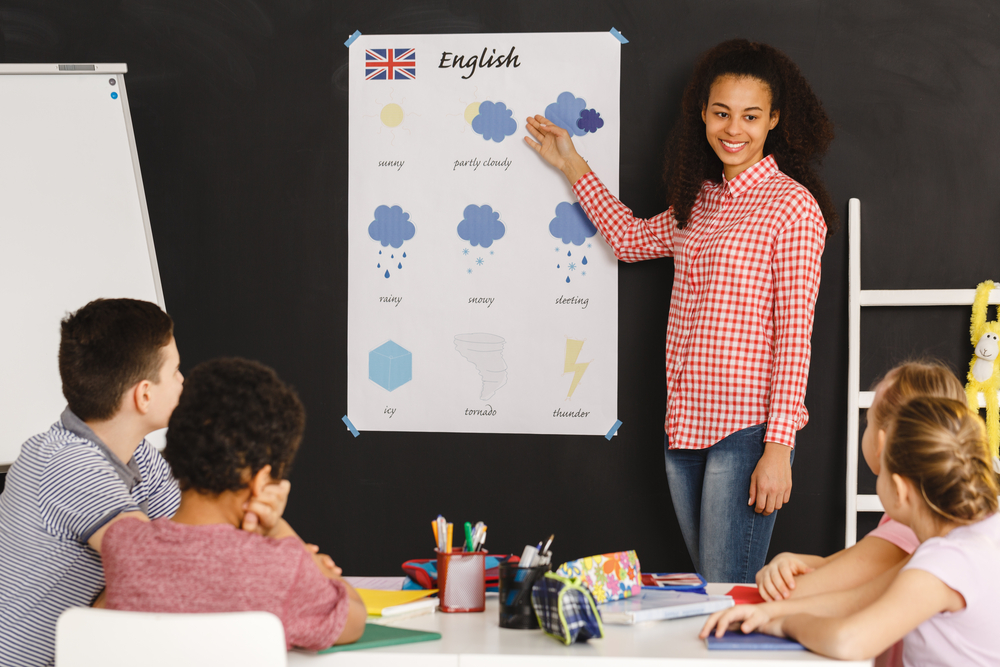Plant identification Worksheets for Ages 6-8
5 filtered results
-
From - To
Discover our engaging plant identification worksheets designed specifically for children aged 6-8! These worksheets encourage young learners to explore and recognize various plants, enhancing their observational skills and fostering a love for nature. Each activity is age-appropriate and incorporates vibrant illustrations to captivate curious minds. By participating in fun exercises such as matching, coloring, and identifying plants, kids will develop essential skills in botany and critical thinking. Perfect for use at home or in the classroom, our worksheets are an excellent resource for promoting outdoor learning and environmental awareness. Start your child's botanical adventure today!


Types of Flowering Plants Worksheet


Plant Fun Worksheet


Thorns and Spikes Worksheet


What Do Plants Need to Grow Worksheet


Jungle Plants Worksheet
Plant identification is of paramount importance for children aged 6-8, as it serves as a gateway to understanding and appreciating the natural world. At this age, children are naturally curious and eager to explore their surroundings. By engaging them in plant identification activities, parents and teachers can foster this curiosity, promoting observation skills and an appreciation for biodiversity.
Learning about different plants helps children develop a strong foundation in science and can spark an interest in environmental stewardship. This knowledge encourages them to engage in outdoor activities, enhancing their physical health and reinforcing connections to nature. Furthermore, identifying plants fosters cognitive skills, such as critical thinking and problem-solving, as children learn to classify and categorize their findings.
Moreover, teaching plant identification can support interdisciplinary learning; it connects science with art (such as drawing plants), math (by measuring growth), and language (by describing characteristics). Importantly, regular interaction with nature has been linked to improved mental well-being in children, reducing stress and promoting creativity. Advocacy for plant identification can empower the next generation to become more environmentally aware, cultivating a sense of responsibility for conserving the planet based on a deep-rooted appreciation for its flora.

 Assign to My Students
Assign to My Students






















